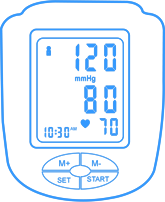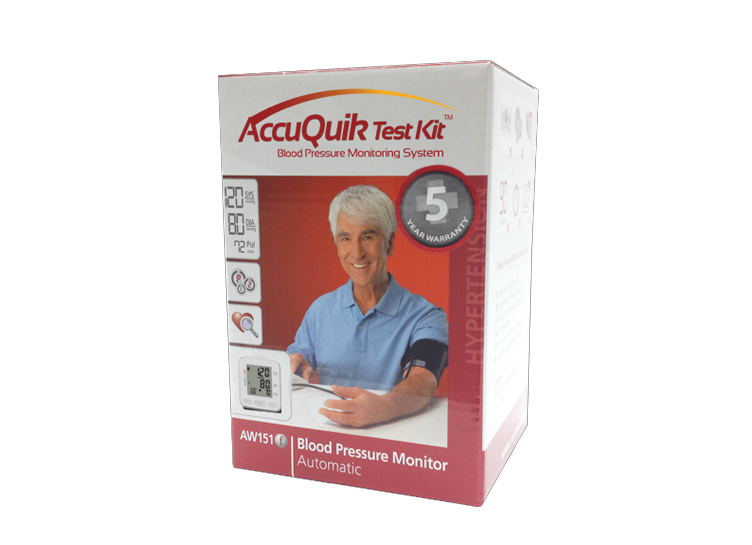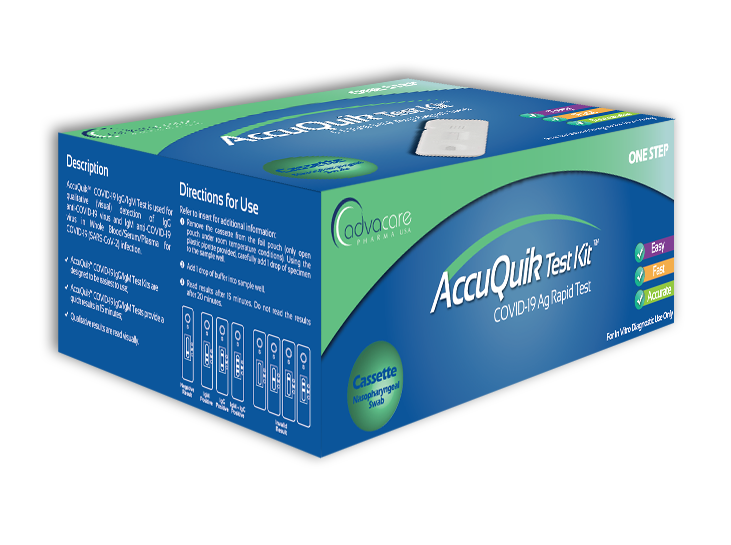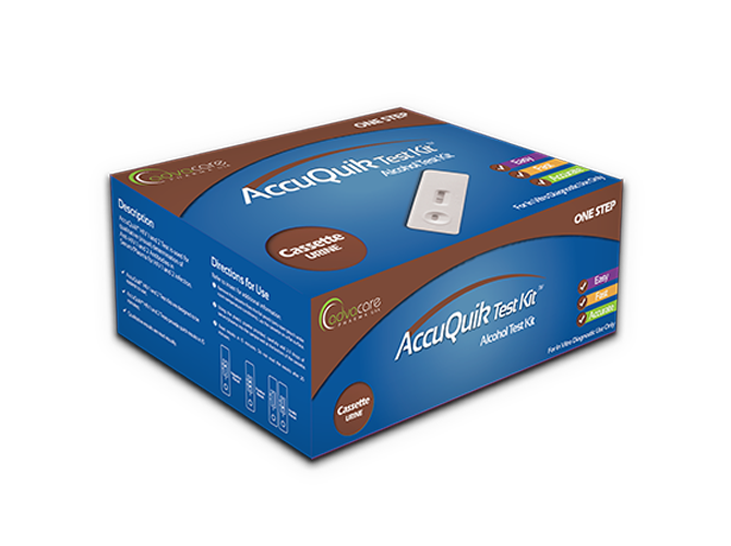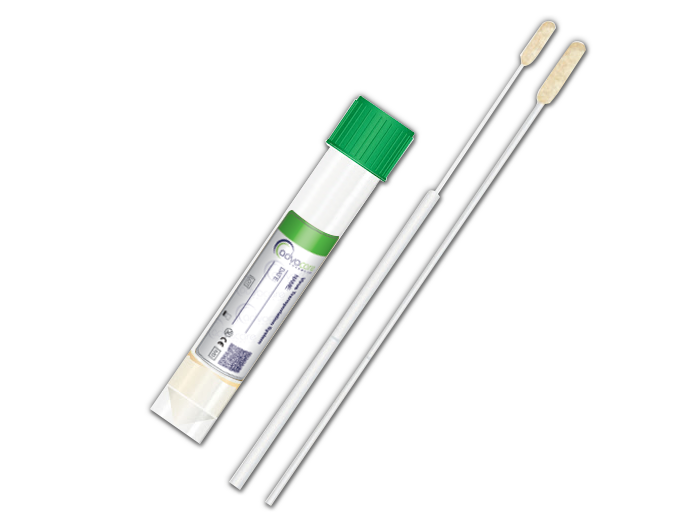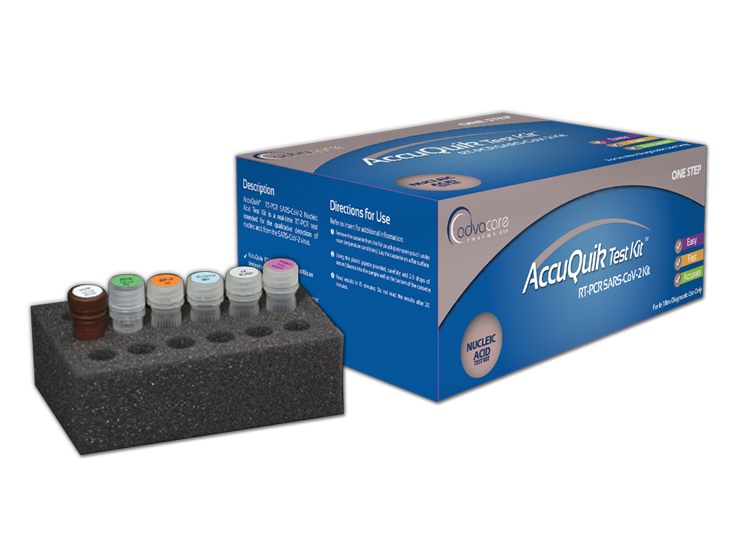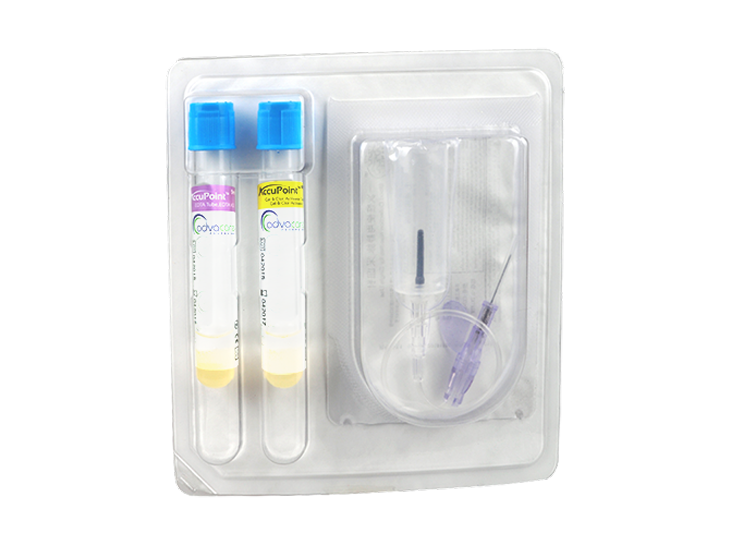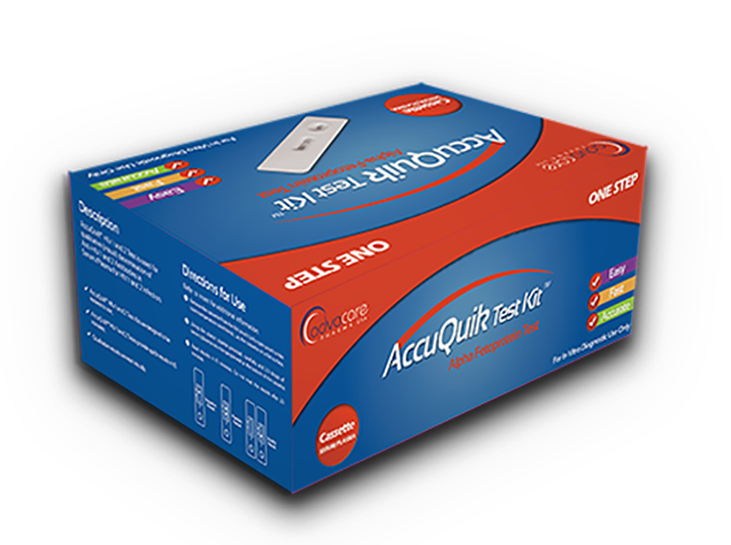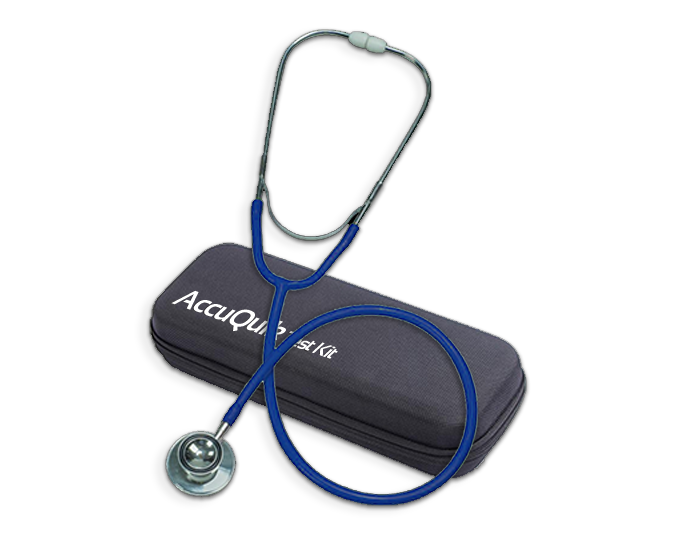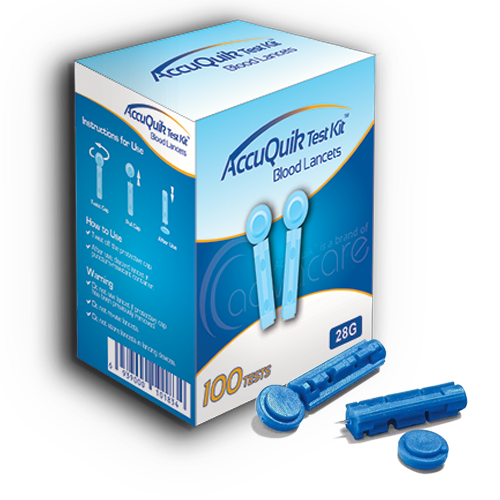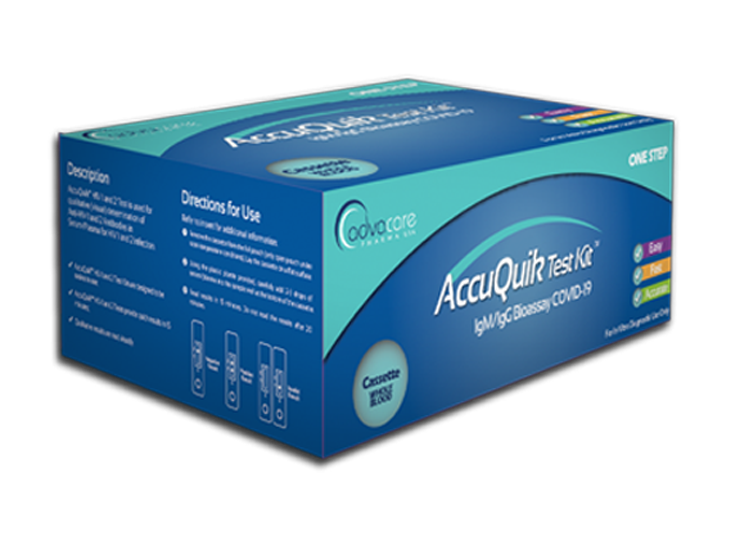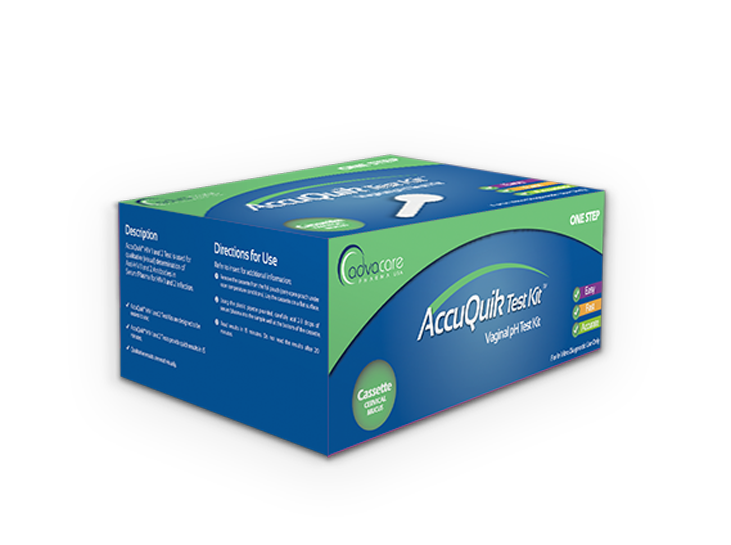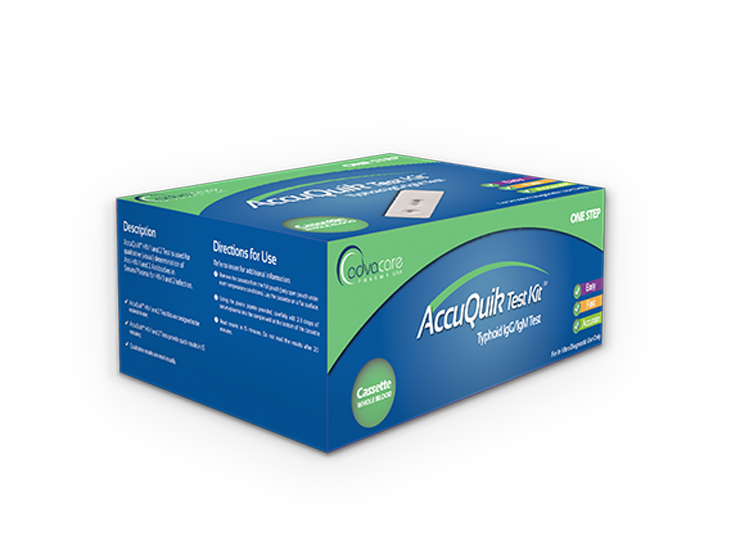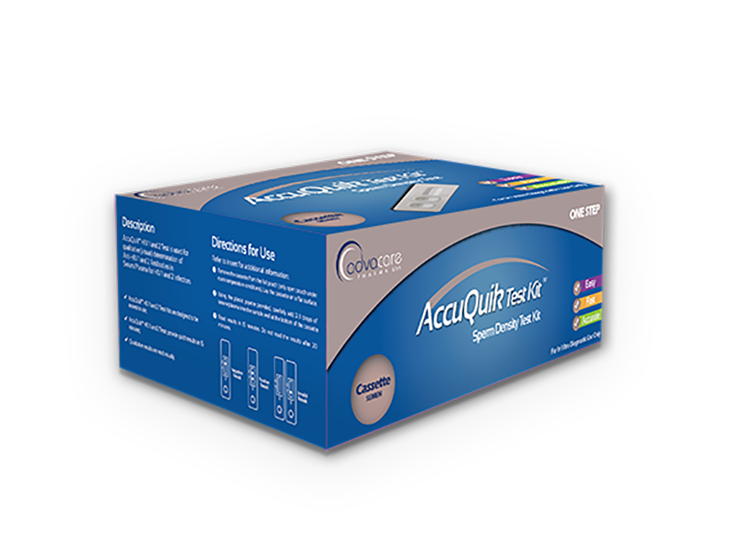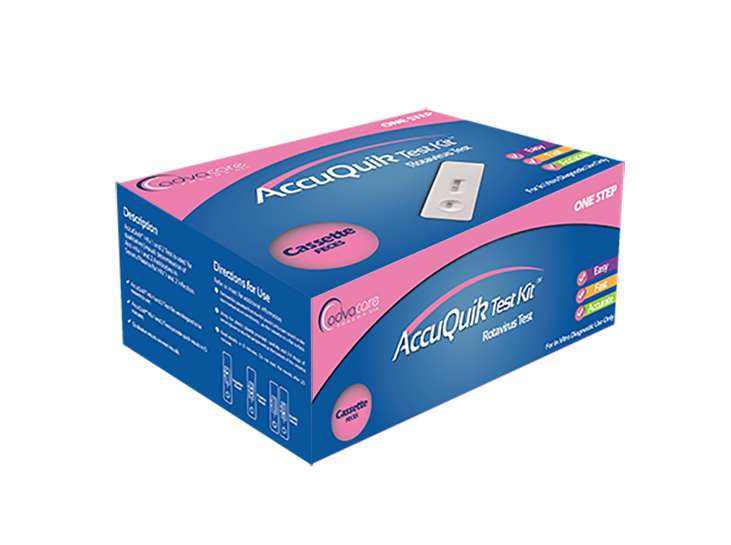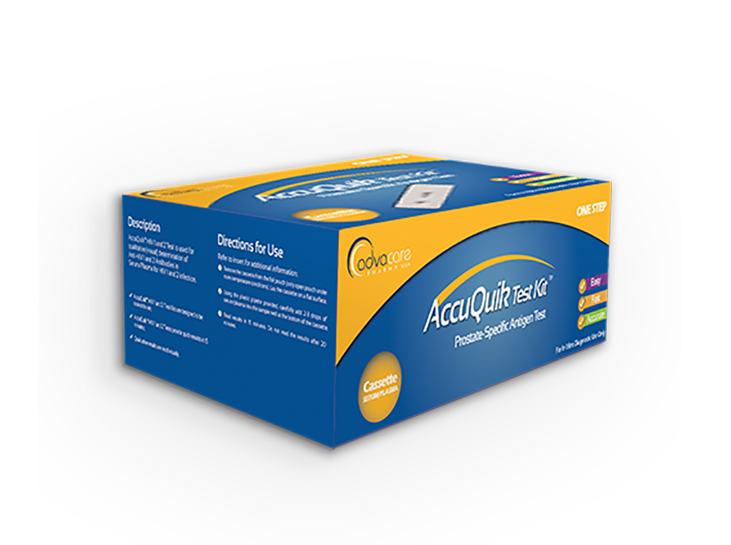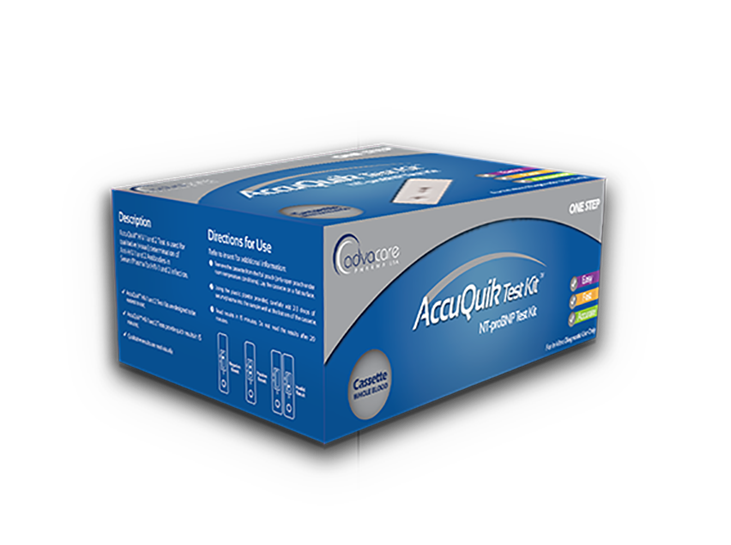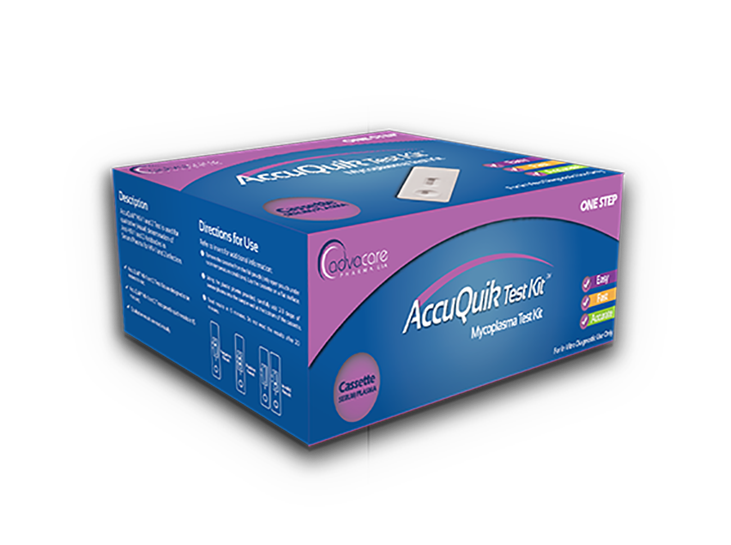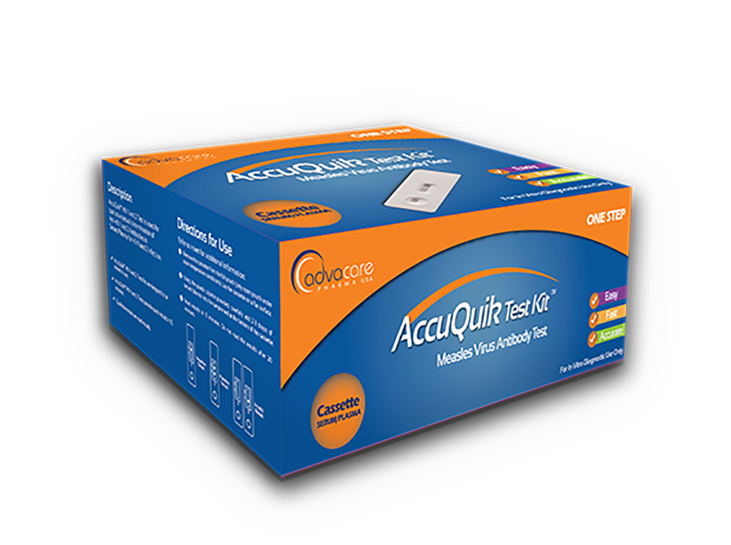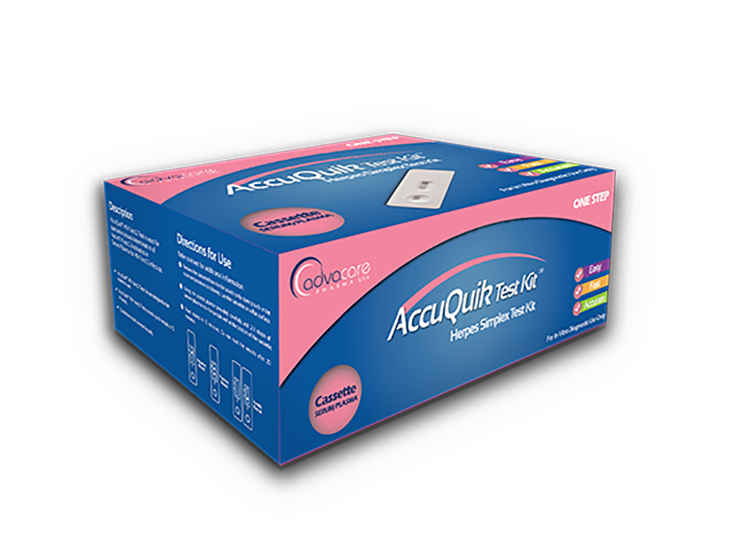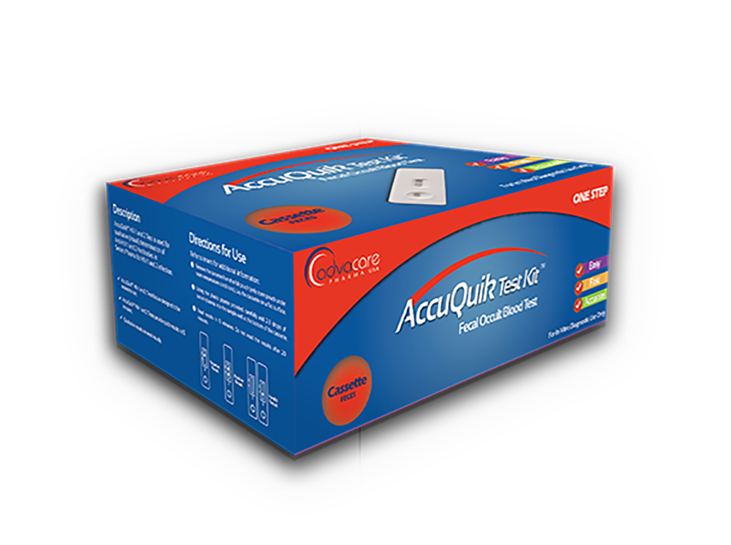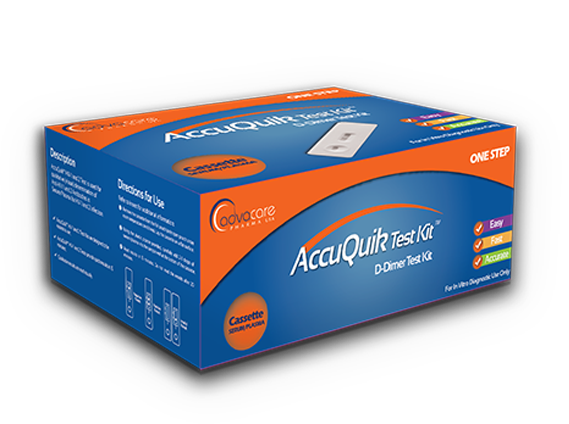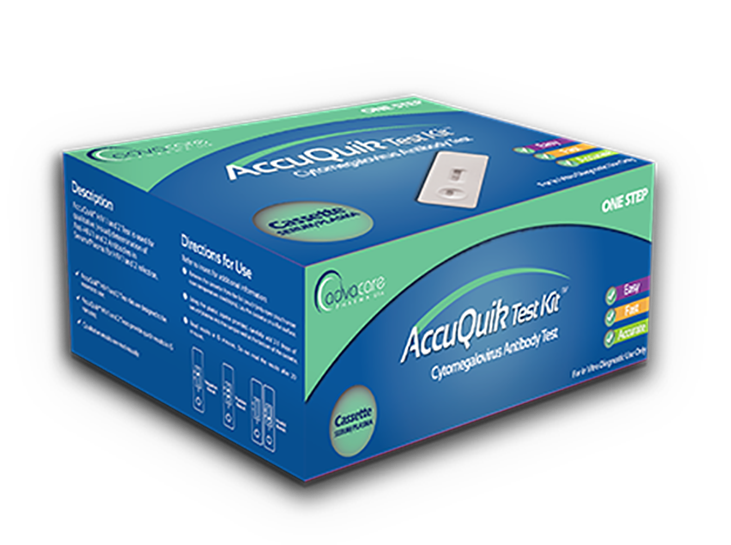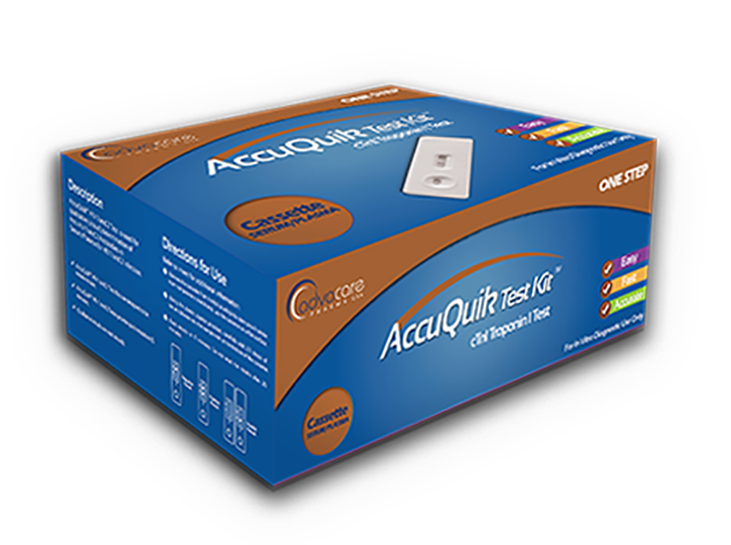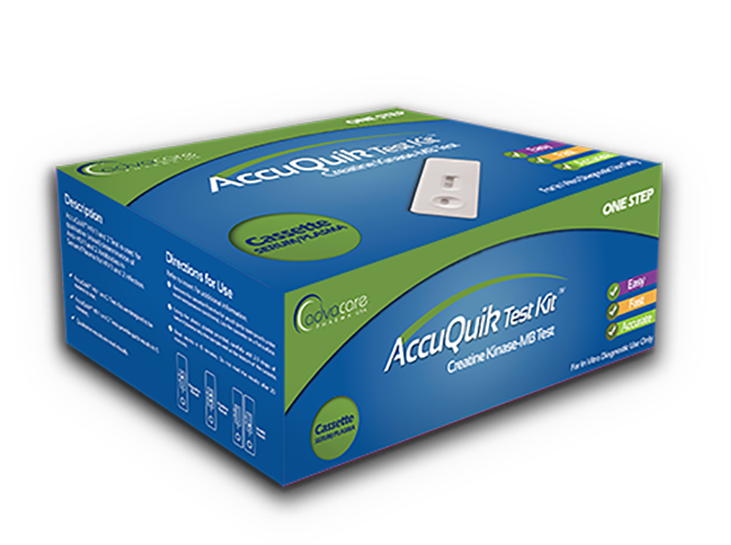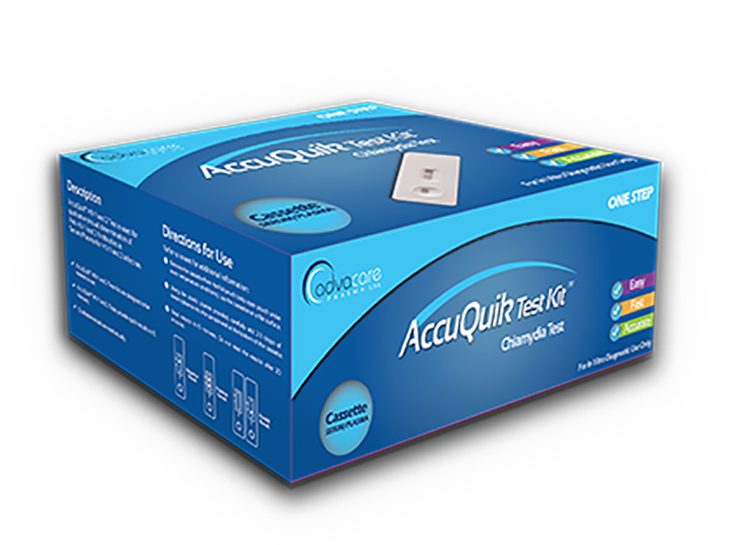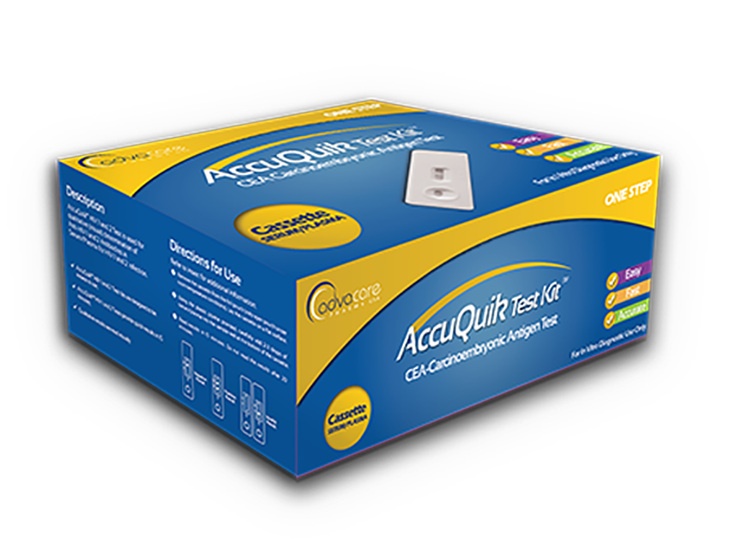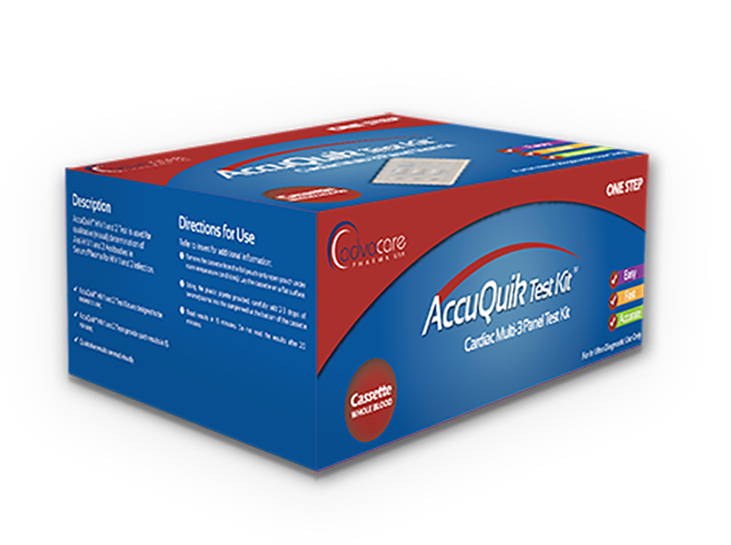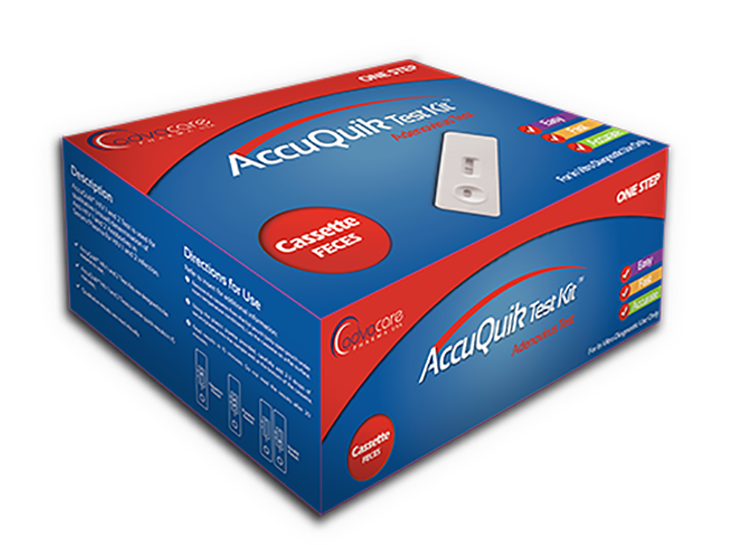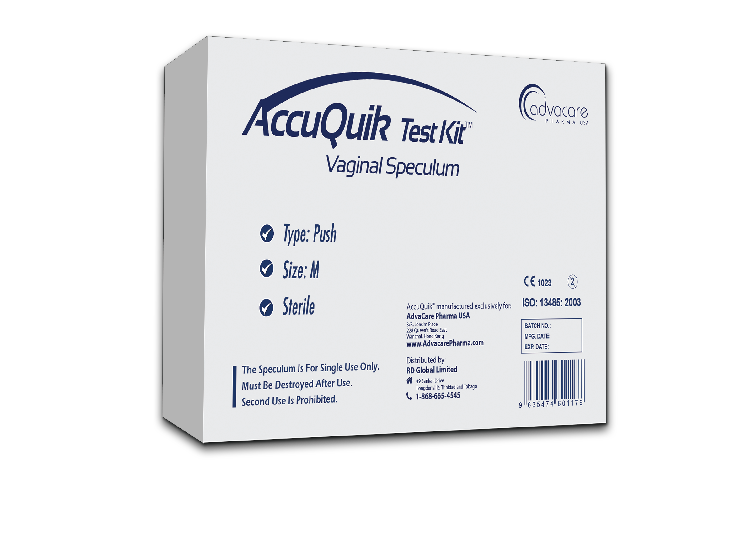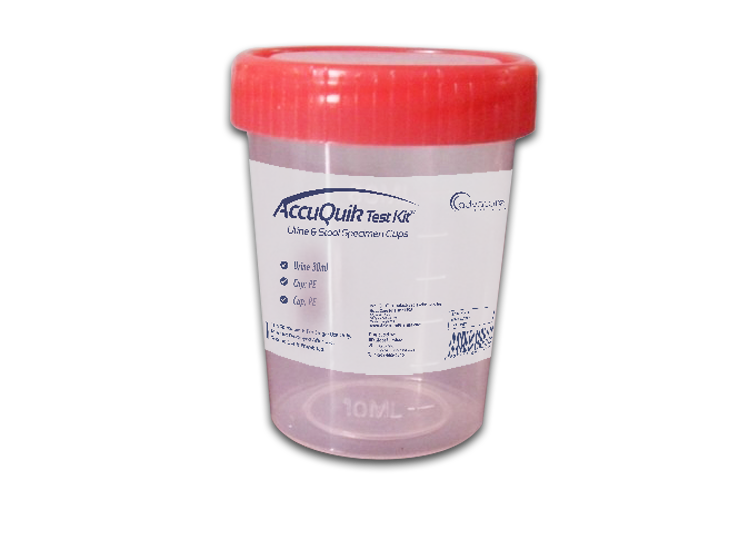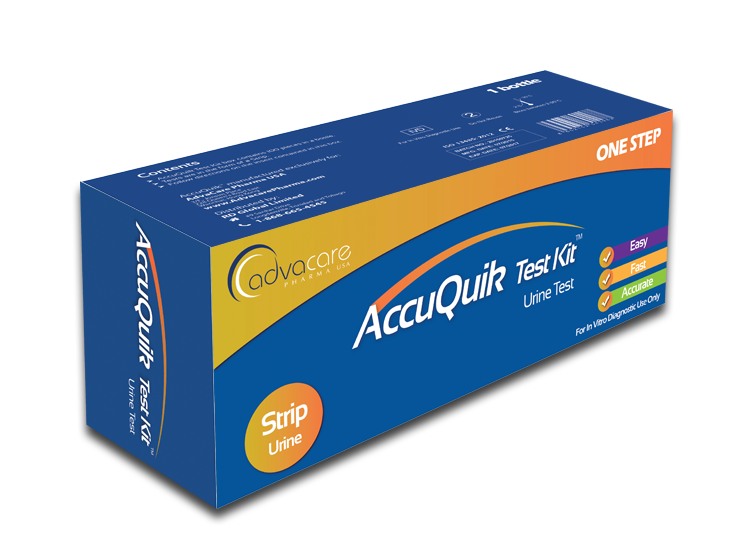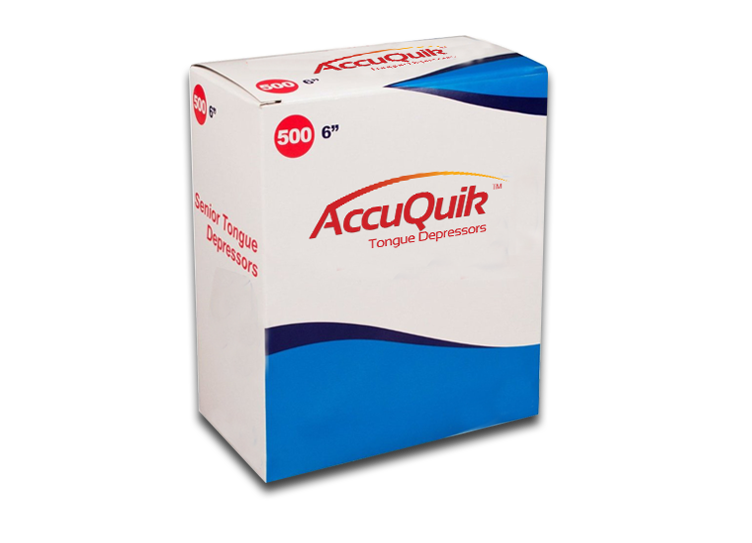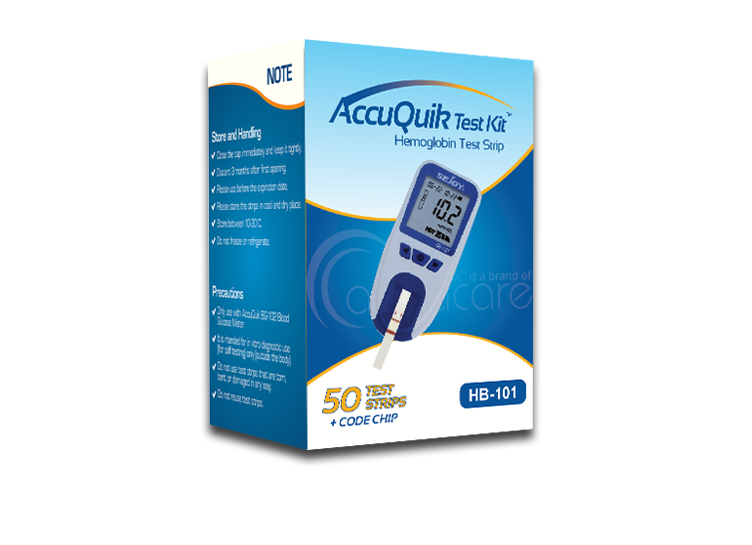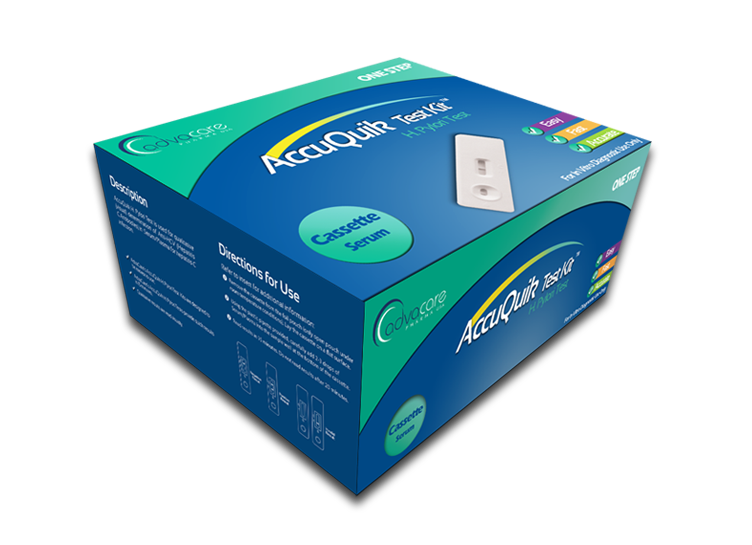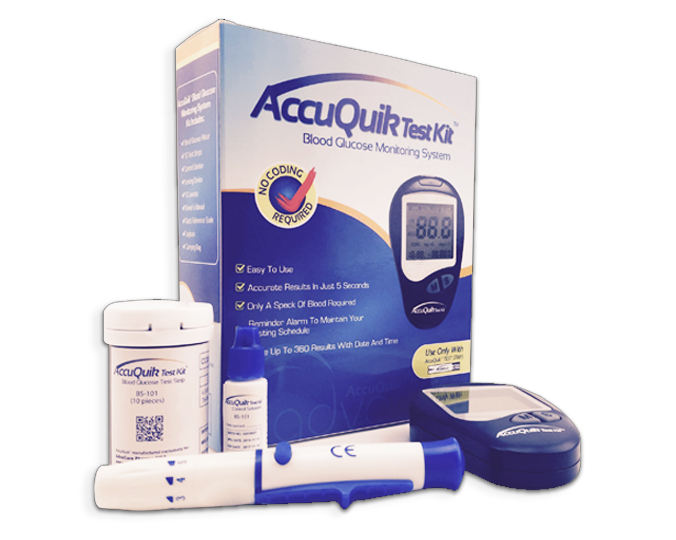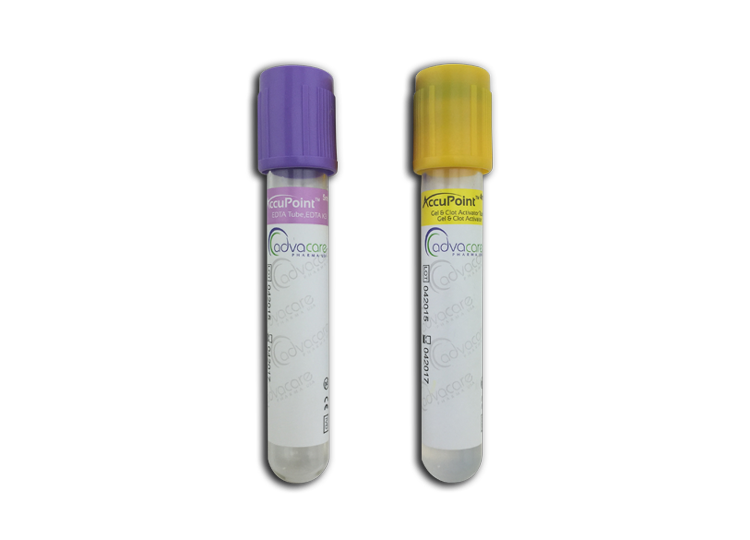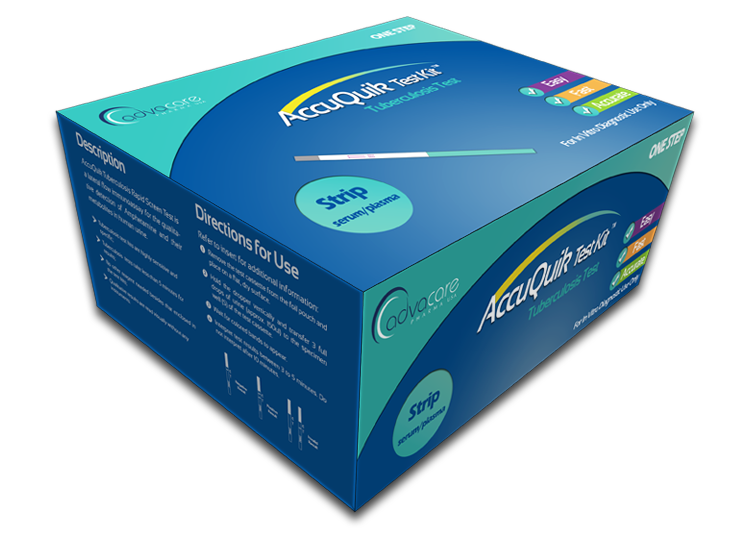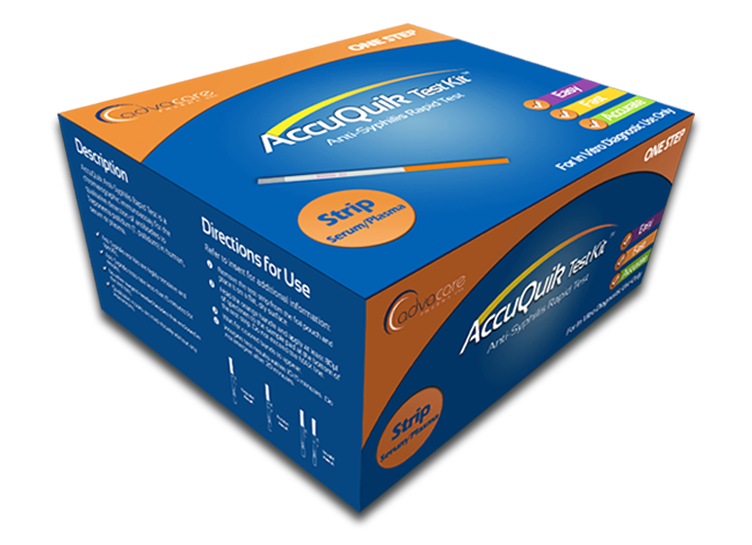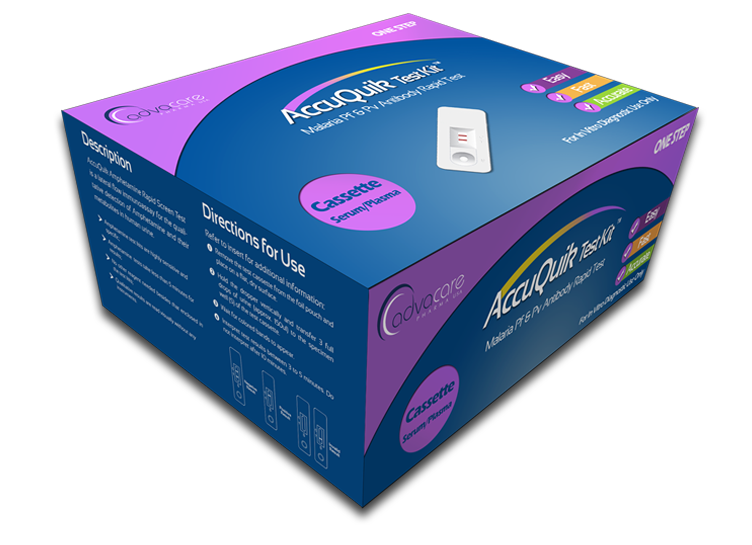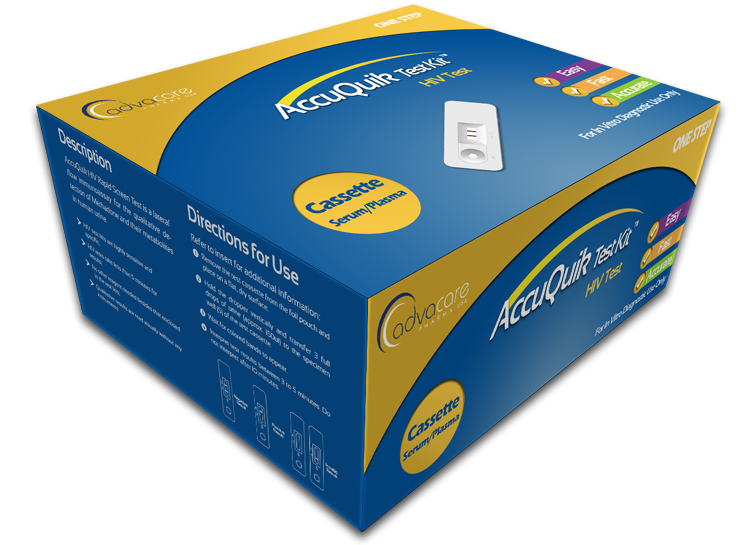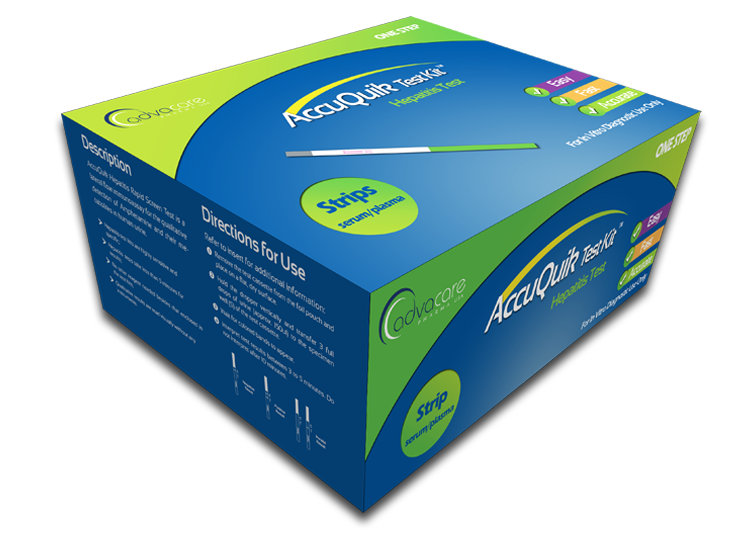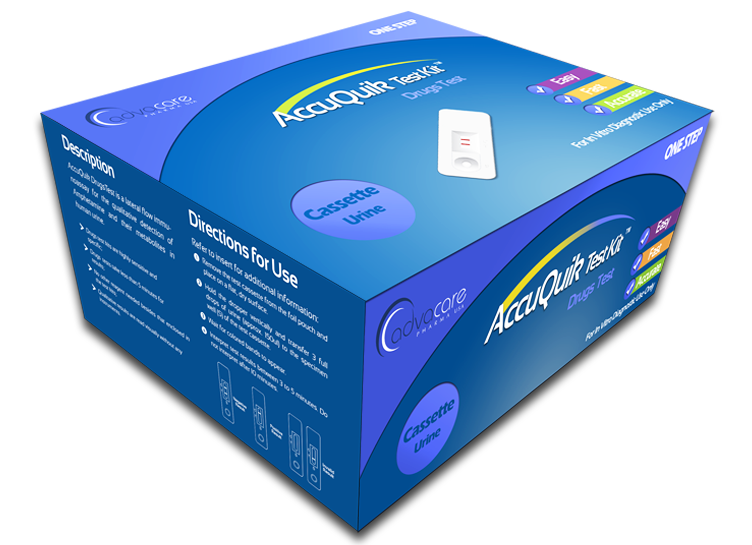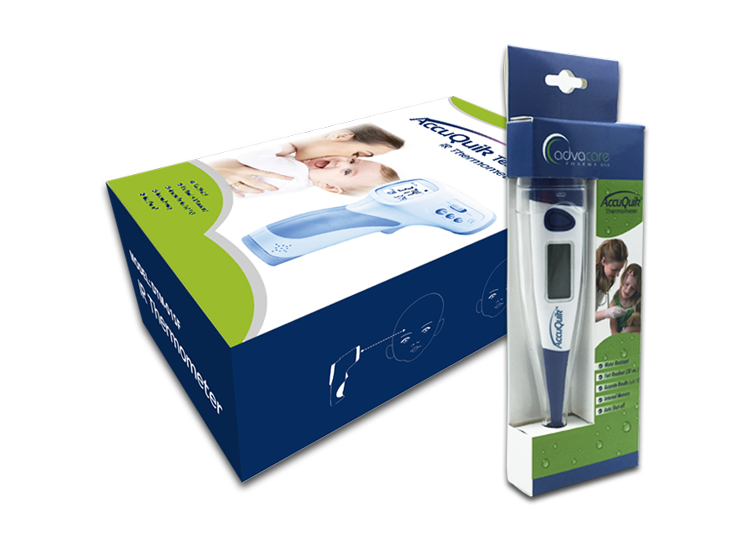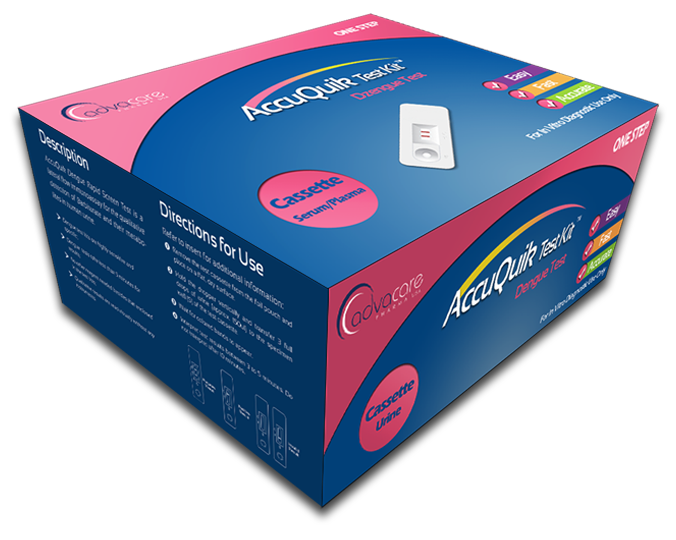More Information about the Blood Pressure Monitors
At AccuQuikTM, our digital blood pressure monitors depend on an oscillometric system that measures blood pressure with an electronic sensor. A cuff is placed around the bicep or wrist and use either a manual or an automatic inflation. The cuff should be inflated to about 20 mm Hg above the systolic pressure for an individual. When the cuff reaches this pressure, no blood is flowing through the artery. As the cuff deflates below the systolic pressure, the reducing pressure exerted on the artery causes blood to start flowing through it again and gives off a detectable vibration on the arterial wall. The vibrations are then transferred into the transducer in the monitor that converts the measurements into electronic signals that display the users blood pressure. The digital blood pressure monitor gives highly accurate results and is engineered for easy use. The average resting blood pressure in an adult is around 120/80 mm Hg. blood pressure monitors.
AccuQuik™ Blood Pressure Monitors
AccuQuik™ Blood Pressure Monitors
At AccuQuik™, our digital blood pressure monitors depend on an oscillometric system that measures blood pressure with an electronic sensor. A cuff is placed around the bicep or wrist and uses either a manual or automatic inflation. The cuff should be inflated to about 20 mm Hg above the systolic pressure for an individual. When the cuff reaches this pressure, no blood is flowing through the artery. As the cuff deflates below the systolic pressure, the reducing pressure exerted on the artery causes blood to start flowing through it again and gives off a detectable vibration on the arterial wall. The vibrations are then transferred into the transducer in the monitor that converts the measurements into electronic signals that display the users blood pressure. The digital blood pressure monitor gives highly accurate results and is engineered for easy use. The average resting blood pressure in an adult is around 120/80 mm Hg. blood pressure monitors.
General Information
Digital blood pressure monitors, also known as sphygmomanometers are easy for personal use. There are other ways to check pulse, which are manual, mercury, and aneroid sphygmomanometers, but the digital one is the most convenient. Depending on the situation, activity, and disease status, blood pressure can be changed. High blood pressure can increase the risk of kidney failure, heart disease, and strokes. A healthy diet with less salt, exercise, stress management, and medications can help lower blood pressure.
How to Use
Plug in the cord into the blood pressure monitor on a table while sitting down. Unwrap the velcro straps and law it flat on the table. Slip your arm through the sleeve leaving about an inch or wear loose-fitting clothes such as a short-sleeved T-shirt so that you can push your sleeve up comfortably. Raise your arm 45 degrees of the table and press the power button until a number displays on the screen. The same concept with the wrist monitor; strap in around the wrist with an open palm facing up as well as the display screen facing up, should be an inch before the end of your palm.
Blood Pressure Monitor FAQs
How should I use the blood pressure monitor?
For the best results, you should rest for 15 minutes before measuring blood pressure. Try not to eat, drink or smoke while resting. Remove anything that can interfere with cuff placement.
What does the systolic blood pressure number mean?
When your heart beats, it contracts and pushes blood through the arteries to the rest of the body. This force creates pressure on the arteries, which is called systolic blood pressure. Normal systolic blood pressure is below 120. A systolic blood pressure of 120 to 139 means you have borderline high blood pressure. A blood pressure number of 140 or higher is considered high blood pressure.
What does the diastolic blood pressure number mean?
The diastolic blood pressure number or the bottom number indicates the pressure in the arteries when the heart rests between beats. A normal diastolic blood pressure number is less than 80.
A diastolic blood pressure between 80 and 89 indicates prehypertension. A diastolic blood pressure number of 90 or higher is considered to be hypertension or high blood pressure.
What is a stroke?
A stroke happens when blood flow to the brain is interrupted; a clot or artery ruptures are main causes of this, and symptoms include the loss of senses and motor functions.
Do you have any other question about AccuQuik™ Blood Pressure Monitors?
